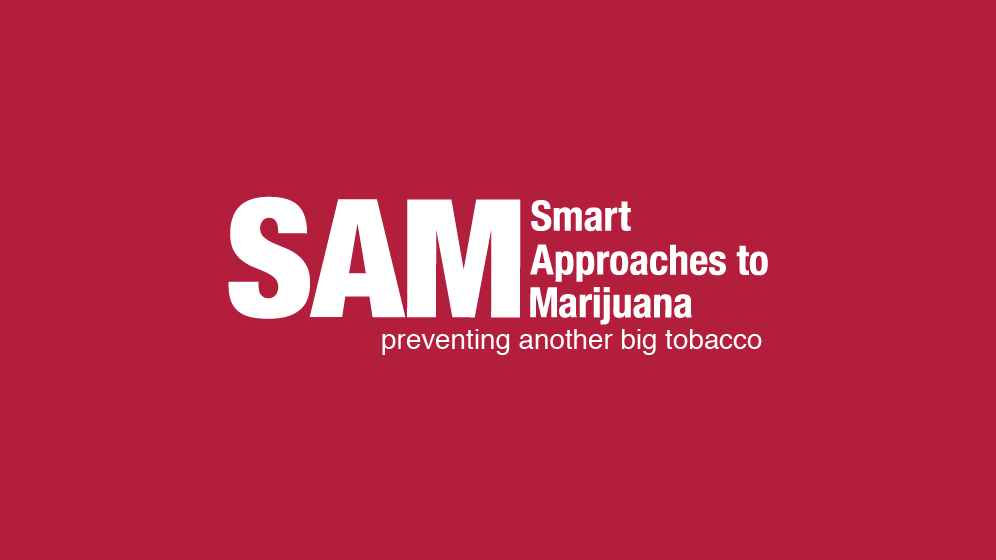
In Congress, I voted many times to allow access to medical marijuana. Those votes reflected my early, uneducated views. I never looked too closely — I didn’t realize “medical marijuana” was the Trojan horse for legalization.
When I woke up after the 2012 election, two states had voted to legalize marijuana. That day I also “woke up” to how naive I had been. I should have realized, without the facts, and without public policy experts, you wind up with a vacuum where anecdote and opinion become public policy.
Since leaving Congress, I have focused on promoting brain research to find better treatments for mental illness and other neurological disorders. I’ve learned from experts at the National Institutes of Health, the American Medical Association, the American Psychiatric Association, and the American Society of Addiction Medicine. The more I’ve learned about how the brain works, mental health and addiction, the stronger I feel we must engage in a smarter dialogue about marijuana policy.
The issue is not black and white — it’s complex. Incarceration is not a solution. Drug legalization is not a solution. What we need are new approaches, fresh ideas and a perspective free from hyperbole. That’s why I reached out to form an alliance dedicated to a health-first approach to marijuana policy.
Smart Approaches to Marijuana (SAM) is a coalition of professionals working in mental and public health. We are bipartisan. We are medical doctors, lawmakers, treatment providers, preventionists, teachers, law enforcement and others who seek a common sense, third-way approach to marijuana policy based on reputable science and sound principles grounded in public health and safety.
We believe in an approach that neither legalizes, nor demonizes, marijuana. We reject the dichotomies of “incarceration versus legalization” We champion smart policies that decrease marijuana use. We do not advocate harming marijuana users and low-level dealers with arrest records that stigmatize them for life.
Let’s use today’s science to inform public policy. Research has taught us more about marijuana in the past 20 years than in the preceding two centuries. There is a major disconnect between the science and the public’s understanding. Marijuana use directly affects the brain — specifically the parts responsible for memory, learning, attention and reaction time. These effects can last up to 28 days after abstinence. Science confirms the adolescent brain — particularly the part that regulates planning for complex cognitive behavior, personality expression, decision making and social behavior — is not fully developed until the mid-20s. Developing brains are especially susceptible to the negative effects of marijuana and other drug use.
We encourage further research on marijuana in order to obtain FDA-approved, pharmacy-dispensed, medications. Opium has medical value, and it is called morphine. Marijuana’s medical value should be identified and components isolated for it best use. We should pursue cannabis-based medicines to be developed for safe administration. Not a smoked drug. In fact, the FDA has determined some elements found in marijuana are helpful to seriously ill patients, and the Institute of Medicine has also concluded “if there is any future for marijuana as a medicine, it lies in its isolated components …”
Patrick Kennedy: Pushing a Health-First Approach to Marijuana Policy